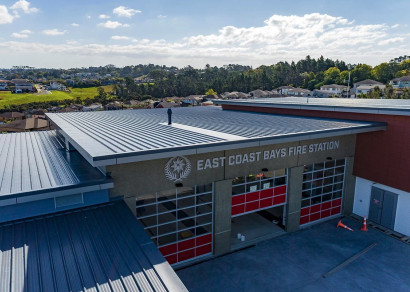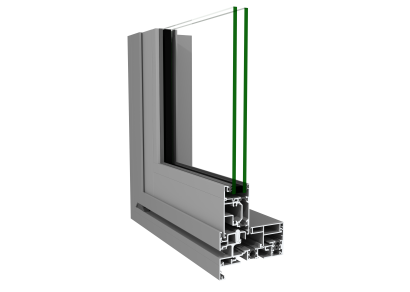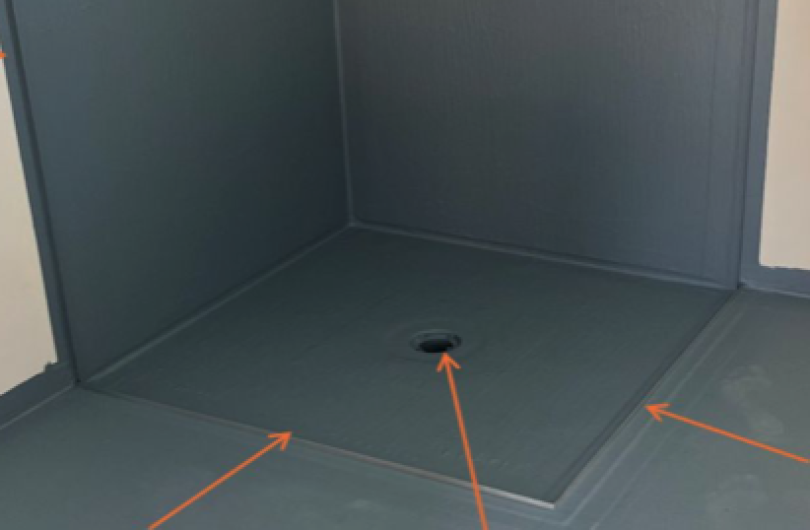In the world of building safety, and particularly passive fire protection, a striking contradiction exists. New Zealand has a well-developed framework of building codes, standards, and compliance systems, yet non-compliance remains alarmingly widespread.
At the centre of this issue are building owners.
Building owners are the ones who carry the ultimate legal and ethical responsibility for a building's safety and its compliance. It is our experience, however, that they remain largely disconnected from understanding the very systems that are designed to uphold a building’s fire safety and ongoing compliance.
Asset owners tend to focus on tangible concerns with direct impacts on revenue and reputation e.g., balancing budgets, keeping tenants satisfied, and maintaining the building’s appearance. Specified systems — the systems that are designed to ensure the buildings safety — on the other hand are largely invisible. Their importance only becomes obvious when they fail.
We want to offer a deeper understanding of why this disconnect is so problematic. For this we need to look beyond the rules themselves — and into the culture that produces them.
The hidden culture behind compliance
One might assume that standards and regulations provide a clear decision-making framework for building owners and contractors to install and maintain passive fire safety.
But this overlooks a key truth: Passive fire protection isn’t just technical — it’s cultural. Professionals in the field such as engineers, inspectors, suppliers, and installers, share an experience-based understanding of how fire behaves, how systems interact, and how layered risks are managed through standards.
Building owners, however, are often outside this culture. Once work is handed to contractors, the owner’s involvement typically fades — only resurfacing when they inherit a compliance schedule or take on an existing building.
Therefore, more often than not, they lack a clear understanding of:
- What passive fire protection is (it’s invisible, unlike sprinklers or alarms)
- Why it matters beyond ticking a compliance box
- What risks emerge from minor changes, like an unsealed penetration
This goes to show that handing over complex documentation and requirements with minimal context will only achieve shallow compliance.
Rules without context lead to fragile compliance
Once the Code Compliance Certificate is issued, building owners become solely responsible for maintaining the fire protection systems listed in the compliance schedule.
But without alignment and understanding, the intent behind the standards and principles is lost and compliance becomes shallow. Building owners have to make daily decisions that potentially impact passive fire safety. However, without being invited into the culture of safety even well-intentioned choices can undermine compliance.
Principles like compartmentation and delayed fire spread are shaped by tragedies like Grenfell, fire testing, and decades of professional experience. But without that context the decision-making framework is missing, so owners can’t apply it meaningfully and often see them as abstract checkboxes, e.g., approving renovation work that is not fit for purpose
As a result, they may:
- Be overwhelmed by complexity
The standards are dense and filled with jargon. Faced with technical language owners don’t understand, they defer to contractors — who themselves may not be following best practice. - Have a checklist mentality
When owners don’t understand the why, they default to what. They ask for lists, checkboxes, and simple answers. In response, the industry creates more rules and documentation — which often add complexity without improving understanding. - Create fragile compliance
When people feel like outsiders to a specialised culture, they are less likely to ask questions and may be inclined to work around the rules they do not understand as they feel burdensome. They stay hands-off — hoping someone else is doing things properly. - Focus merely on tangible, short-term outcomes
In day-to-day operations, it’s reasonable for building owners to prioritise cost, aesthetics, or tenant needs, but without understanding the safety trade-offs these choices can unintentionally weaken fire protection and long-term compliance.
The illusion of compliance creates a false sense of security
When passive fire measures like fire collars or fire-resistant doors are treated as tick-boxes, and not safety-critical elements, compliance becomes about appearances rather than effectiveness.
This disconnect creates one of the industry’s most dangerous outcomes: False confidence. A building may have a signed compliance schedule or BWOF but that doesn’t mean the passive fire systems are actually functional.
This cycle creates a paradox: More paperwork, less safety — more forms, more reports, and stricter compliance regimes without buildings being safer.
As long as owners believe compliance paperwork equals real-world safety, they will overlook or unknowingly approve actions that severely compromise fire performance.
So how can we fix it?
Reframing the role of building owners
If we want to see better compliance and safer buildings, we need to stop treating building owners as passive recipients of rules and start treating them as active participants in the fire protection ecosystem.
Make the “why” visible: Translate code into consequence
Explain not just what systems are required, but why they exist. Use real-world language, examples of failures, and consequences to make the stakes real and tangible.
“These fire collars aren’t just a compliance item. They are what stops a kitchen fire from spreading to the next apartment.”
Build passive fire literacy
Give owners access to simple, engaging materials that explain passive fire concepts in plain language. Diagrams, videos, walkthroughs, and analogies can make a huge difference. Answer questions like:
- What is passive fire?
- How does it work?
- What are common failure points?
- What decisions can impact compliance?
- What is my responsibility as a building owner.
This isn’t technical training, it’s cultural onboarding: bringing them into the group's shared mental model.
Stewards of safety: Treat owners as part of the safety team
Include building owners in site walkthroughs, show them diagrams or photos, and speak in plain language. Invite questions. When owners feel respected and included, they become better stewards of safety.
This connects code to concept— and helps owners see themselves as caretakers, not just paper-pushers.
Make the stakes real.
Instead of saying: “You must maintain fire separations as per NZBC C3.4.” Say:
“When that wall was built, it was designed to stop fire for 30 minutes. Every time someone drills through it and doesn’t seal it properly, it’s like punching a hole in a dam.”
Connect rules to values
Frame compliance not just as a legal obligation, but as a moral one: a responsibility to tenants, workers, and the broader community. Safety is a shared value, not just a regulatory requirement.
Conclusion
Rules and standards matter. But they only work when everyone understands the game, when the rules are grounded in a shared culture of understanding and responsibility.
The building owner’s role in fire safety is critical — they have to become powerful allies in passive fire protection. We need to stop treating them like outsiders to the system who are excluded from the cultural context that gives rules their meaning.
By bringing building owners into the culture, not just handing them the rulebook, we create safer buildings and stronger partnerships across the industry.
If we want better compliance, we don’t just need clearer rules and more paperwork, we need a sense of shared purpose.





























 Most Popular
Most Popular Popular Products
Popular Products



